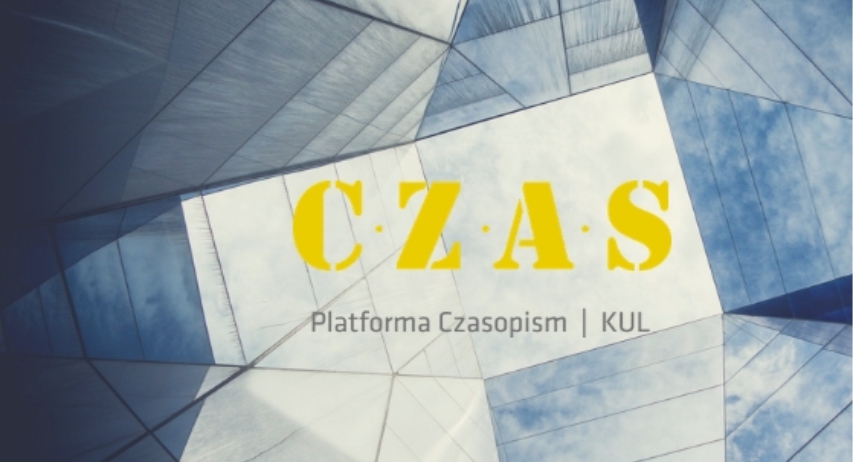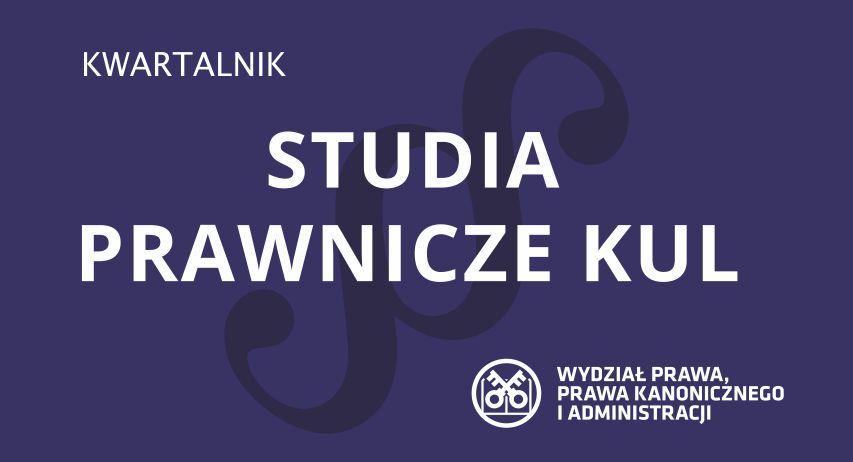Use of an inter-state complaint in the Armenian-Azerbaijani conflict over Nagorno-Karabakh
Jarosław Kowalski
Maria Curie Skłodowska University in Lublin , Polandhttps://orcid.org/0000-0002-4731-1928
Abstract
This article deals with the inter-state complaint standardised in Article 33 of the European Convention on Human Rights. This measure was originally intended to protect the rights and freedoms enshrined in the Convention. An analysis of its application indicates that the purpose for which the remedy is used is gradually changing. Analysing the recent inter-state complaints of Armenia and Azerbaijan, one can conclude that this measure is now an additional tool for implementing international policy by conflicting states and not necessarily a means of protecting Convention rights and freedoms.
Keywords:
Council of Europe, European Convention on Human Rights, inter-state complaint, Armenia, Azerbaijan, Nagorno-KarabakhReferences
Czachor R., Prawne aspekty konfliktu w Górskim Karabachu: stan obecny i perspektywy, Krakowskie Studia Międzynarodowe 2022, nr 1, DOI: 10.48269/2451-0610-ksm-2022-1-005.
Davtyan E., Lessons that Lead to War: Foreign Policy Learning and Military Escalation in the Nagorno-Karabakh Conflict, Problems of Post-Communism 2023, t. 71, nr 1, DOI: 10.1080/10758216.2023.2183410. (Crossref)
Dąbrowska A., Regionalne trybunały praw człowieka. Analiza prawnoporównawcza, Toruń 2021.
Dzehtsiarou K., Tzevelekos V.P., Interim Measures: Are Some Opportunities Worth Missing?, In European Convention on Human Rights Law Review 2021, t. 2, DOI: 10.1163/26663236-bja10017. (Crossref)
Hayrapetyan L., The Nagorno-Karabakh War of 2020 and the Change of the Regional status quo, Przegląd Politologiczny 2022, nr 1, DOI: 10.14746/pp.2022.27.1.6. (Crossref)
Kowalski J., Skarga międzypaństwowa – dodatkowa ochrona czy zbędny anachronizm, w: Wyzwania dla europejskiego systemu ochrony praw człowieka u progu trzeciej dekady XXI wieku, t. 2, red. J. Jaskiernia, K. Spryszak, Toruń 2020.
Kowalski J., Skargi międzypaństwowe przeciwko Federacji Rosyjskiej w europejskim regionalnym systemie ochrony praw człowieka, Zeszyty Prawnicze 2023, z. 3. (Crossref)
Küchler H., The Renaissance of Inter-State Applications – Potential and Danger of the Increased Use of Article 33 ECHR, German Yearbook of International Law 2020, t. 63, nr 1. (Crossref)
Leach P., On Inter-State Litigation and Armed Conflict Cases in Strasbourg, European Convention on Human Rights Law Review 2021, t. 2, DOI: 10.1163/26663236-bja10014. (Crossref)
Legieć A., „Rosyjski rozejm” w Górskim Karabachu, Polski Przegląd Dyplomatyczny 2021, nr 1 (84).
Machowicz K., Tabaszewski R., The Inter-State Application to the European Court of Human Rights in Strasbourg – Potential Revival, Przegląd Sejmowy 2023, t. 174, nr 1. (Crossref)
Machowicz K., Tabaszewski R., Porozumienie Republiki Armenii i Republiki Azerbejdżanu z 9 listopada 2020 r. w sprawie Górskiego Karabachu ‒ charakter prawny oraz implikacje polityczne, Studia Wschodnioeuropejskie 2021, nr 14. (Crossref)
Miklasova J., Post-Ceasefire Nagorno-Karabakh: Limits to the ECtHR’s Approach to Jurisdiction over Secessionist Entities under the ECHR, Heidelberg Journal of International Law 2022, t. 82, nr 2, DOI: 10.17104/0044-2348-2022-2-357. (Crossref)
Nowicki M.A., Wokół Konwencji Europejskiej. Komentarz do Europejskiej Konwencji Praw Człowieka, Warszawa 2021.
Ploszka A., Instrument skargi międzypaństwowej a ochrona praw człowieka w systemie Europejskiej Konwencji Praw Człowieka, w: Responsibility in Law. Odpowiedzialność w prawie międzynarodowym, red. S. Zaręba, Warszawa 2011.
Risini I., The Inter-State Application Under the European Convention on Human Rights: More Than Diplomatic Protection, w: The Influence of Human Rights on International Law, red. N. Weiß, J.-M. Thouvenin, Londyn 2015. (Crossref)
https://www.echr.coe.int/inter-state-applications [dostęp: 30.11.2023 r.].
https://www.echr.coe.int/statistical-reports [dostęp: 30.11.2023 r.].
Maria Curie Skłodowska University in Lublin https://orcid.org/0000-0002-4731-1928
License

This work is licensed under a Creative Commons Attribution 4.0 International License.
The Author declares that the Work is original and does not infringe any personal or proprietary rights of third parties, and that She/He has unlimited rights to the Work which are the subject of the Agreement signed with the Publisher.
Author of the publication transfers to the Publisher the economic copyrights to the Work (article) submitted for publication, free of charge, without time and territorial restrictions in the following fields of use:
a) production, recording and reproduction of the copies of the Work by a specific technique, including printing, magnetic recording and digital technology;
b) marketing, lending or rental of the original or copies of the Work, and distribution in the form of open access, in accordance with the license Creative Commons Attribution 4.0 International (also known as CC BY), available at: https://creativecommons.org/licenses/by/4.0/legalcode.pl;
c) inclusing the Work in the composition of the collective work;
d) publishing on the website of the journal, public performance, exhibition, display, reproduction, broadcasting and rebroadcasting, and making the Work available to the public in such a way that everyone can have access to them in a place and at a time chosen by them;
e) uploading the Work in an electronic form to electronic platforms or other uploading of the Work in an electronic form to the Internet or other network.
The proprietary copyright to the Work is transferred to the Publisher free of charge upon signing the contract wit the Publisher.







